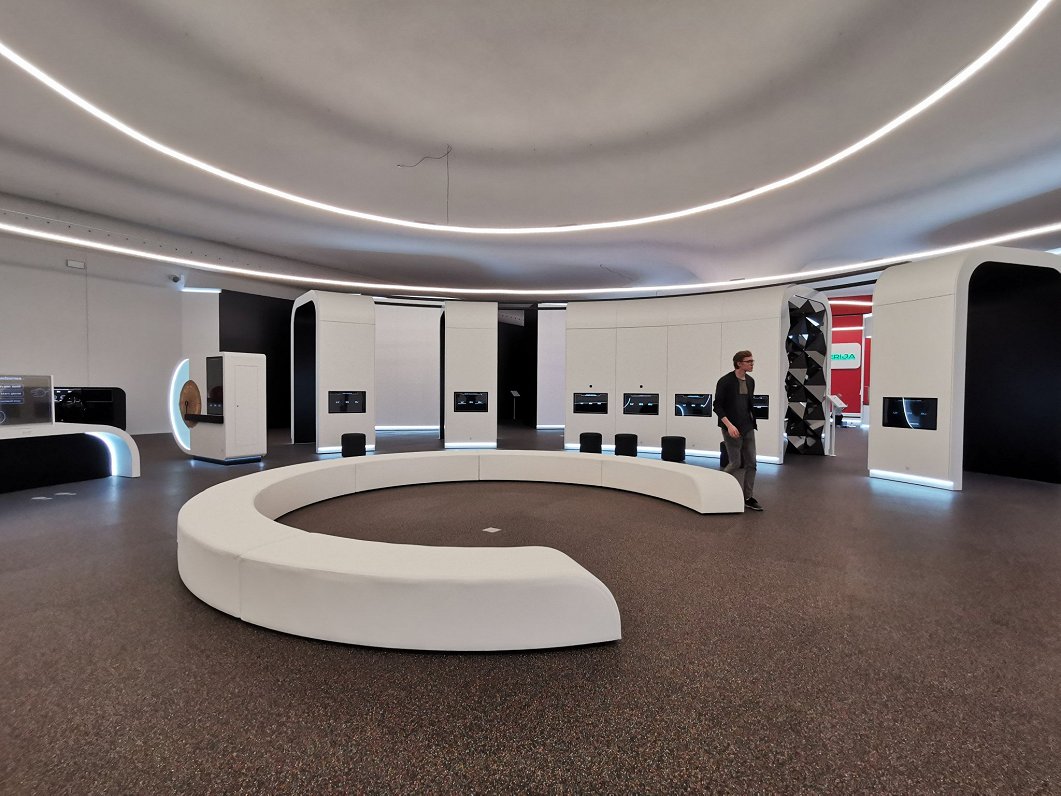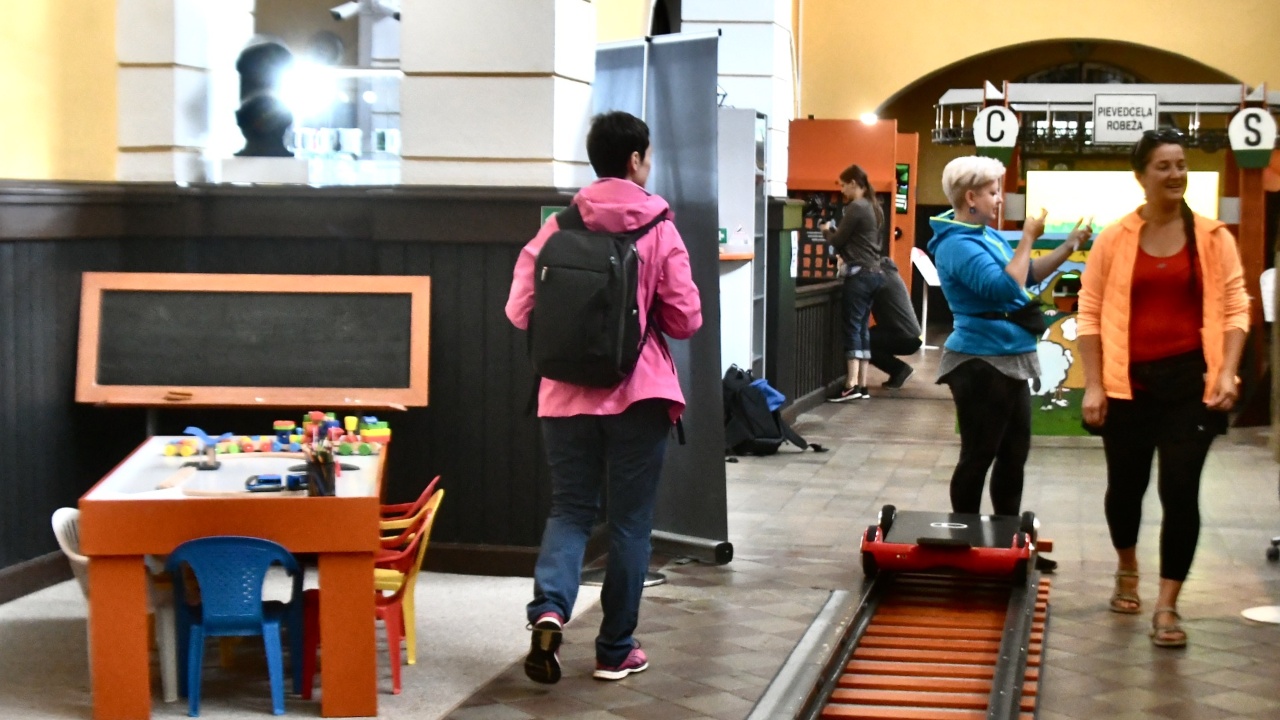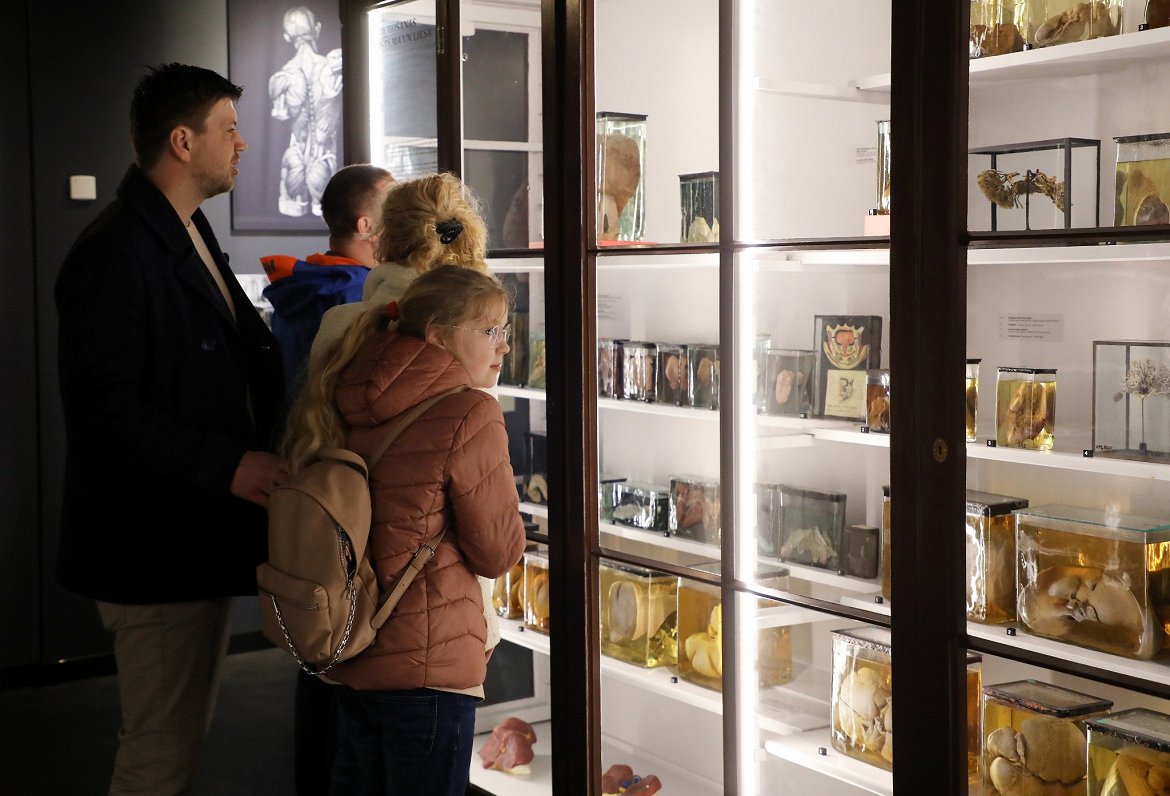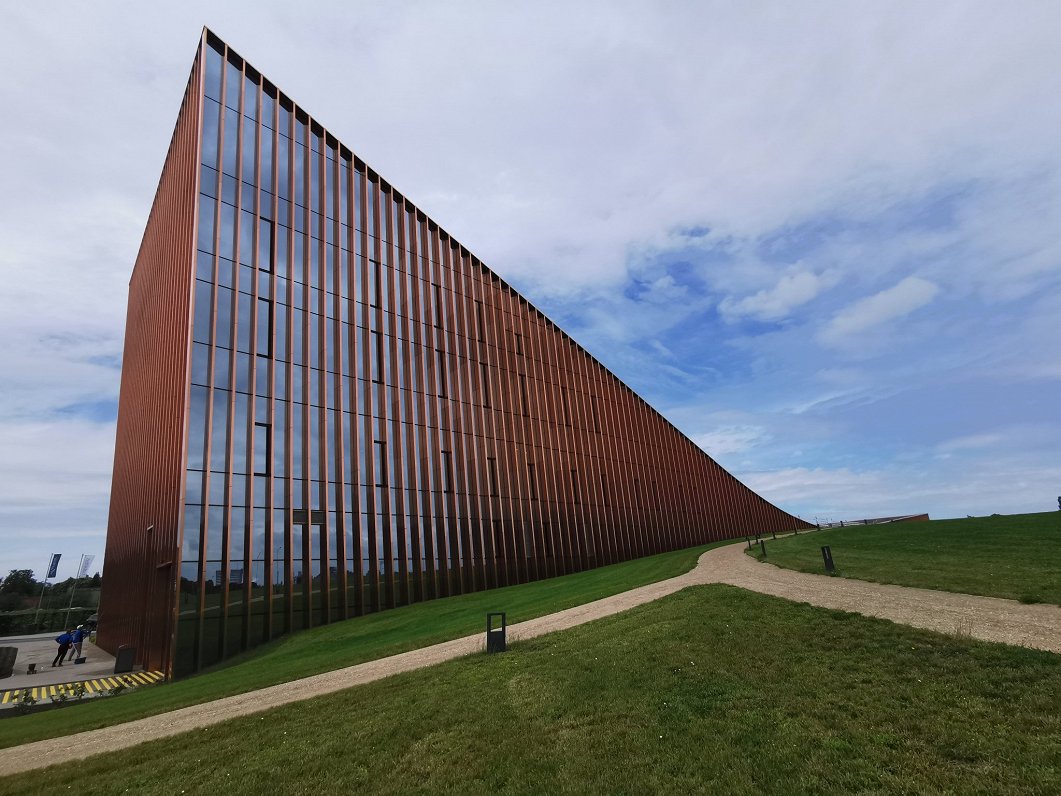Labs of Latvia's Lelde Benke suggests 11 places to start with, which fall under three broad categories: science, industrial heritage, and medicine.
Science-themed

Vizium
A purpose-built science centre to encourage the next generation of STEM professionals. The centre in the city of Ventspils houses over 80 interactive exhibits, laboratories, classrooms, conference rooms and workshops, and hosts science shows. Its state-of-the-art building is one of the nominees of the Latvian Architecture Award 2022.
Baldone observatory
Baldone observatory is home to the largest Schmidt system telescope in the Baltics, which is also the 12th largest in the world. Officially the Astrophysical Observatory of the Institute of Astronomy of the University of Latvia, it is primarily a research institution, which also offers tours, experiments and workshops to the wider public. Tucked into the woods near the former resort town of Baldone, the observatory avoids light and noise pollution.
In 2011, researchers working at the observatory discovered Asteroid 274084 Baldone.
Tehnoannas pagrabi children’s science centre
Proudly one of the smallest science centres in the world packs a lot into its compact basement space. Its quirky collection aims to inspire visitors’ curiosity and creativity. Many of the exhibits encourage hands-on involvement for users to learn by doing and experimenting.
Industrial heritage

Railway and Steam (Dzelzceļš un tvaiks)
The educational and interactive centre Railway and Steam is housed in an actual station building in the town of Gulbene. The centre’s 30 interactive exhibits, designed to be interesting for both children and adults, give insight into the history of the railway industry and future trends. Visitors can learn how a diesel motor operates, try their hand at driving a train and exercise their brains with tasks like loading cargo.
Gulbene Station is at one end of the Baltics’ only narrow gauge railway to still run regular services. A train ride is one way to continue the day.
Alūksne Bānītis Station (Alūksnes bānīša stacija)
At the other end of the line, in the Alūksne Station building is a museum dedicated to the history and significance of the narrow gauge railway in the local area. Since opening in 2018, the multimedia exhibition has received local and international acclaim for its design and quality of content. Through compelling videos, interviews and photos it tells of how the railway has shaped and influenced residents’ lives.
Daugavpils Lead Shot Factory
The only ammunition factory in the Baltics, which opens its doors to visitors. It is the site of the oldest shot tower in Europe, which continues to work today. Here, melted lead becomes bullets. A visit uncovers the factory’s history and how ammunition for sports and hunting is made. Guides lead the tours to avoid any dangerous mishaps.
Kerbedzs: following the engineering ideas. An exhibition at Lūznava Manor
Dedicated to Staņislavs Kerbedzs, a 19th century nobleman, engineer and professor whose family once owned Lūznava Manor where the exhibition is housed. Split into three parts, the interactive exhibition tells of Kerbedzs’ engineering achievements around Europe, the early days of constructing tunnels and railways, and the laws of physics.
The exhibition is one of the nominees of the Latvian Architecture Award 2022.
Baloži peat railway
The narrow gauge railway once connected the Baloži peat factory with the nearby peat fields. In 2013, a group of enthusiasts founded a society for the preservation of the then-derelict and soon-to-be-dismantled railway. Now, the volunteers have restored one section of the railway and run events to further develop the infrastructure. The railway is not open every day and can only be visited by prior appointment, ideally by joining one of the events. A visit is an opportunity to feel how quickly technology has evolved, yet how the past can still inform the future.
Aldaris Brewery and Beer Museum
On the actual grounds of the historical Aldaris brewery complex, the museum allows witnessing part of the production process of the brand’s “craft” brews. Visitors leave with a profound understanding of how the golden liquid comes about. The museum is particularly proud of its authentic copper beer tanks, of which few survive to this day.
Naturally, the museum comes with a tasting room for quenching one’s thirst after touring.
The world of medicine

Publicity photo of the Anatomy Museum by Riga Stradiņš University
RSU Anatomy Museum
Reopened in 2021 after a complete overhaul, the museum introduces historical artefacts in a modern light. At the backbone of the exhibition is Latvia’s first anatomy teaching collection, which dates back to the 1920s and 1930s and has educated generations of Latvia’s medical minds. The first floor introduces human organ systems and the museum’s craniological collection, while the basement is home to the embryology and teratology collections.
Pauls Stradiņš Medicine History Museum
One of the three largest medical history museums in the world! Founder Pauls Stradiņš is a revered Latvian surgeon and oncologist who started to develop his idea for the museum in the 1930s, finding inspiration in the collection of Scottish surgeon John Hunter at the British Museum. It took a while for the museum to evolve into the permanent establishment that it still is. Today, the museum introduces visitors to some of its more than 200,000 artefacts. Popular highlights include the Mediaeval City story of medicine in the middle ages, and the collection of dentists’ chairs throughout the ages.
Alongside the permanent collection, the museum runs temporary exhibitions and participatory workshops, encouraging public engagement in social and political processes.
The website of the Industrial heritage for tourism in Latvia and Estonia project is a great resource for continuing one’s enlightening journey through Latvia. Also, follow Labs of Latvia for news of the upcoming Cēsis Space Education Centre.
This feature is reproduced by kind permission of Labs of Latvia.































